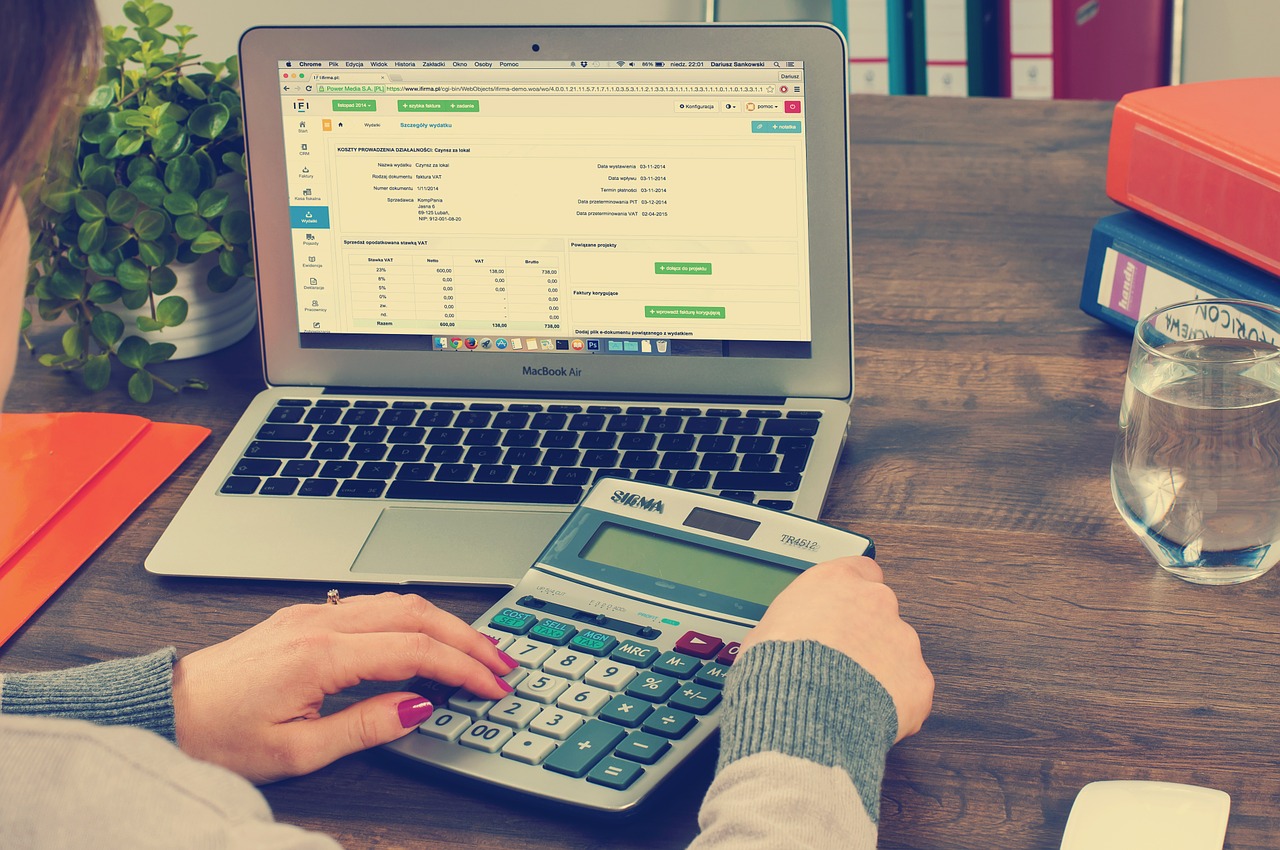By growing your superannuation you can take steps to make a positive difference to your…
Is Your Business Profitable?
If Not Read On…
- Have you taken time to look at your financials lately?
- Have you thought about whether you have priced your products/services appropriately?
- Are you covering your costs?
- Maybe you’re underselling yourself?
These are questions which underpin every business’ success and not surprisingly, not everyone understands some of the basic concepts to increase their profitability.
One of the ways is Mark-Up and Gross Margin and this article tackles the difference. If you haven’t heard of these terms, it may be time to book in a time with one of our friendly accountants to explain the impact on your profitability.
It is amazing how many business owners we come across who believe they understand the difference, yet their pricing structure and the way they go about their business confirms they are missing out on important profitability. Here are some examples:
(1) GST is not Margin/ Profit. If you say you have a 30% profit like one of our manufacturing clients did, he was mistaken. You still have to pay the tax man the GST
Our client was wondering why he had to keep accessing his superannuation when there was no money in his business account and we had to show him he was barely breaking even!!
(2) Make sure you are factoring in overseas imports and exchange rates. Another client that imports steel from China and other products from the US did not change his prices to reflect this change. This was eating into his profitability and he wasn’t adjusting his margin to compensate.
(3) Make sure you are factoring in change in suppliers and/ or premium vs cheaper suppliers. We had one client who was getting some parts imported from China and the vast majority from Germany. However he hadn’t adjusted his margin and was losing money.
Gross Margin is looking at your product from a cost perspective. That is, how much will you make after considering the costs to make the product based on a certain sale price?
In accounting terms, it’s your Sales less Cost of Goods Sold. It doesn’t factor your fixed costs.
Mark-Up, on the other hand, looks at your product from a sales perspective, how much should you sell your product given your costs? It’s the amount of money you want to make.
If you have a look the diagram.
The selling price is $2.00.
The cost to make the item is $1.25
Then, Gross Profit = Selling Price – Cost of Goods which equals: $0.75
Mark up and Margin is a bit like speaking German or French, they are different languages and we would suggest if you don’t understand, give us a call and we can make it clearer for you. You can contact us here or phone 03 9848 5933 if you need clarity.
In summary…
Set your pricing strategy to easily compare with the gross profit margin you need to reach on your quarterly and yearly financial statements. If you do this you’ll have a clearer goal.
Make sure you have a clear understanding between variable and fixed costs. This is critical because many businesses have landed them into financial difficulties with an increasing gross profit that coincided with a declining gross profit margin.







Comments (0)